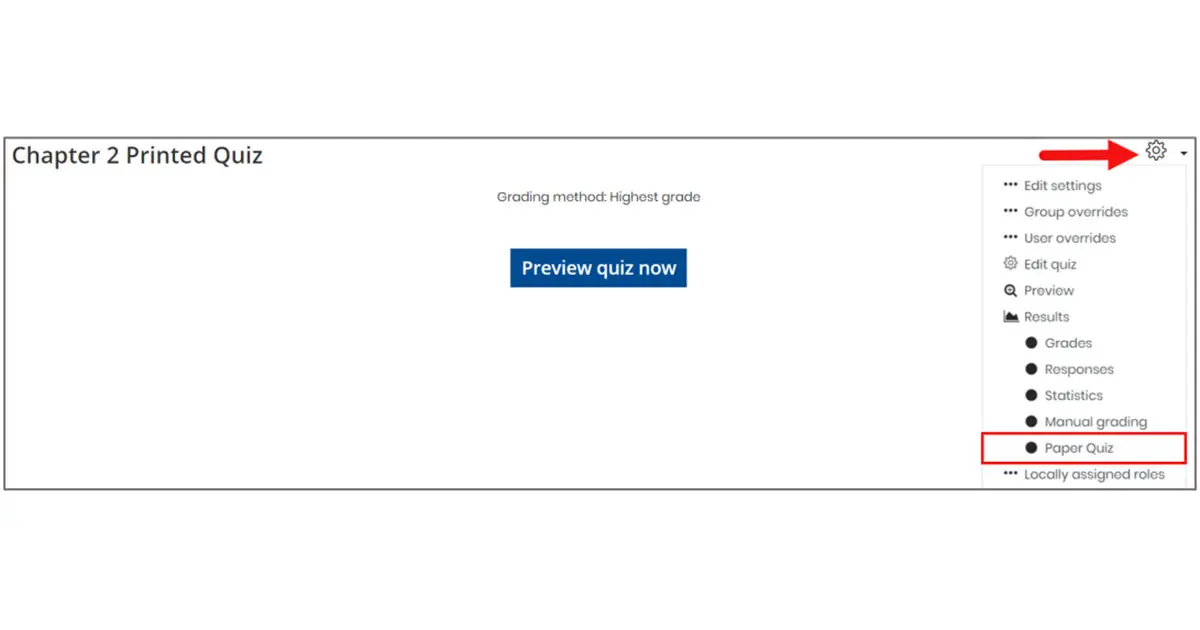The Benefits of Virtual Labs in Cybersecurity Education

If you’re considering implementing virtual labs in your classroom, here are some of the benefits.
What Is a Virtual Lab?
A virtual lab is a tricky concept for someone to understand who hasn’t used it before. Essentially, it’s a cloud-based digital simulation for people.This simulation will emulate real-world environments and walk the user through different scenarios.
In the case of cybersecurity, a virtual lab could involve using real-world programs to fight simulated threats to a digital company. Someone can join the lab, learn how to do something, then physically practice it through the same lab.
If you want a more physical example, think of a chemistry lab. A student might be asked to mix chemicals and note the result. With a virtual lab, the student can virtually mix the digital elements and see a simulated result on their screen.
What Your Students Expect from Class
It’s worth mentioning what your students might be expecting. This will better help you to understand why virtual labs are so great.Lessons taught by experts. There’s something very empowering about being taught by someone who knows the subject matter. In cybersecurity education, students are looking to learn from someone who is an expert in their field.
Insights into their future careers. Another benefit of learning in a classroom environment is that the students can see what to expect in their future careers.
Hands-on learning. Anybody can go on YouTube or read stories about how to be a cybersecurity expert. The difference between that and getting a formal education is the hands-on learning offered by the latter.
Learning the soft and hard skills to be successful. The bottom line is that these students want to be career-ready. This means learning the different skills required for success.
Feedback. More than anything, these students need to know if they’re doing the right thing. This is why assessments are graded in the first place — it gives students feedback that they can use on future assignments.
The Benefits of Virtual Labs in Cybersecurity Education
These labs are increasingly popular, and there are a few major benefits to using them.
Safer
Some cybersecurity deals with breaches and ethical hacking. A virtual lab allows students to practice these skills without physically breaking into some company’s servers.
This makes everything much safer and more ethical.
Keeping everything in a simulated environment is the safest option.
Uses the Newest Technology
As you know, technology is advancing faster than most universities can keep up with. For some cybersecurity instructors, this could mean upgrading the programs and hardware used every academic year.
These prices become unavoidably high, leading most instructors to stick with the older technology.With a virtual lab, students can use the newest technology without blowing their budgets. In addition, the virtual lab can quickly update to include even more unique technology due to its versatile nature.
Give Instant Feedback
A high-quality virtual lab gives instructors the ability to provide instant feedback to their students.
It can go beyond just grading an assessment. Feedback can be given on a slue of different tasks that students can perform through a virtual lab.
Access Is Flexible
Another benefit is that a lot of virtual labs can be accessed through a web browser. This allows people to log into the lab from all over, using their devices.You don’t need to cram students into a small computer lab with rows of PCs anymore. They can use their laptops in the comfort of their dorms to perform the lab at their convenience.
Different Labs for Different Courses
What if your school offers multiple different courses? You can sign up for a multitude of other virtual labs.
In general, each lab is tailored for a particular course, education level and aims to teach specific skills and lessons.You can employ labs made explicitly for your course to ensure students get the most out of their education while they use the lab.
Provides Hands-On Exposure to Real Programs
Perhaps the most significant benefit is the hands-on nature of these virtual labs. As we mentioned, most labs use simulations of actual programs and put students in real-world situations.
It could give students the exposure they need to perform well in their future job.At a minimum, it shows students what the “real world” of cybersecurity looks like. This is a big deal for students who otherwise get their cybersecurity exposure from movies and TV shows.
JBL Cybersecurity Cloud Labs
Since 2010, Jones & Bartlett Learning has been an industry leader in providing engaging virtual lab solutions for cybersecurity education. Cloud Labs provide fully immersive mock IT infrastructures with live virtual machines and real software. Students will learn and practice the foundational information security skills they need to excel in their future careers. Unlike simulations, these hands-on virtual labs reproduce the complex challenges of the real world without putting an institution's assets at risk. Available as a standalone lab solution or bundled with our textbooks, Cloud Labs are an essential tool for mastering key course concepts through hands-on training.
Reach out to us today to learn more.